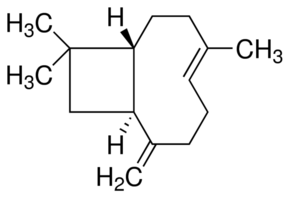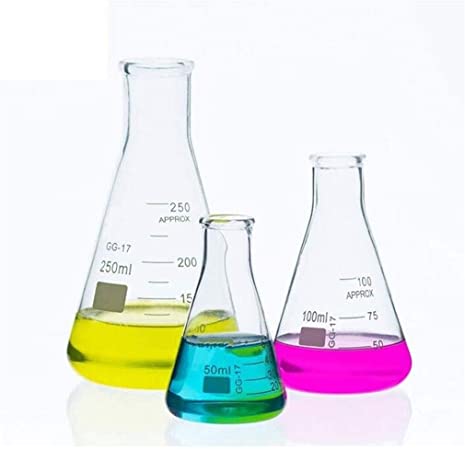| Chapitre 24 : Materials chemistry and nanomaterials |
Page |
| The formation of bulk material |
656 |
| Extended defects |
659 |
| Atom and ion diffusion |
660 |
| Solid electrolytes |
661 |
| Monoxides of the 3d metals |
665 |
| Higher oxides and complex oxides |
667 |
| Oxide glasses |
676 |
| Nitrides, fluorides, and mixed-anion phases |
679 |
| Layered MS2 compounds and intercalation |
681 |
| Chevrel phases and chalcogenide thermoelectrics |
684 |
| Structures based on tetrahedral oxoanions |
685 |
| Structures based on linked octahedral and tetrahedral centres |
689 |
| Metalhydrides |
694 |
| Other inorganic hydrogen-storage materials |
696 |
| Coloured solids |
697 |
| White and black pigments |
698 |
| Photocatalysts |
699 |
| Group 14 semi conductors |
701 |
| Semi conductor systems isoelectronic with silicon |
702 |
| Fullerides |
703 |
| Molecular materials chemistry |
704 |
| Terminology and history |
707 |
| Solution-based synthesis of nanoparticles |
708 |
| Vapour-phase synthesis of nanoparticles via solutions or solids |
710 |
| Templated synthesis of nanomaterials using frameworks, supports, and substrates |
711 |
| Characterization and formation of nanomaterials using microscopy |
712 |
| One-dimensional control: carbon nanotubes and inorganic nanowires |
713 |
| Two-dimensional control: graphene, quantum wells, and solid-state super lattices |
715 |
| Three-dimensional control: mesoporous materials and composites |
718 |
| Special optical properties of nanomaterials |
721 |

